Seabed minerals – step by step
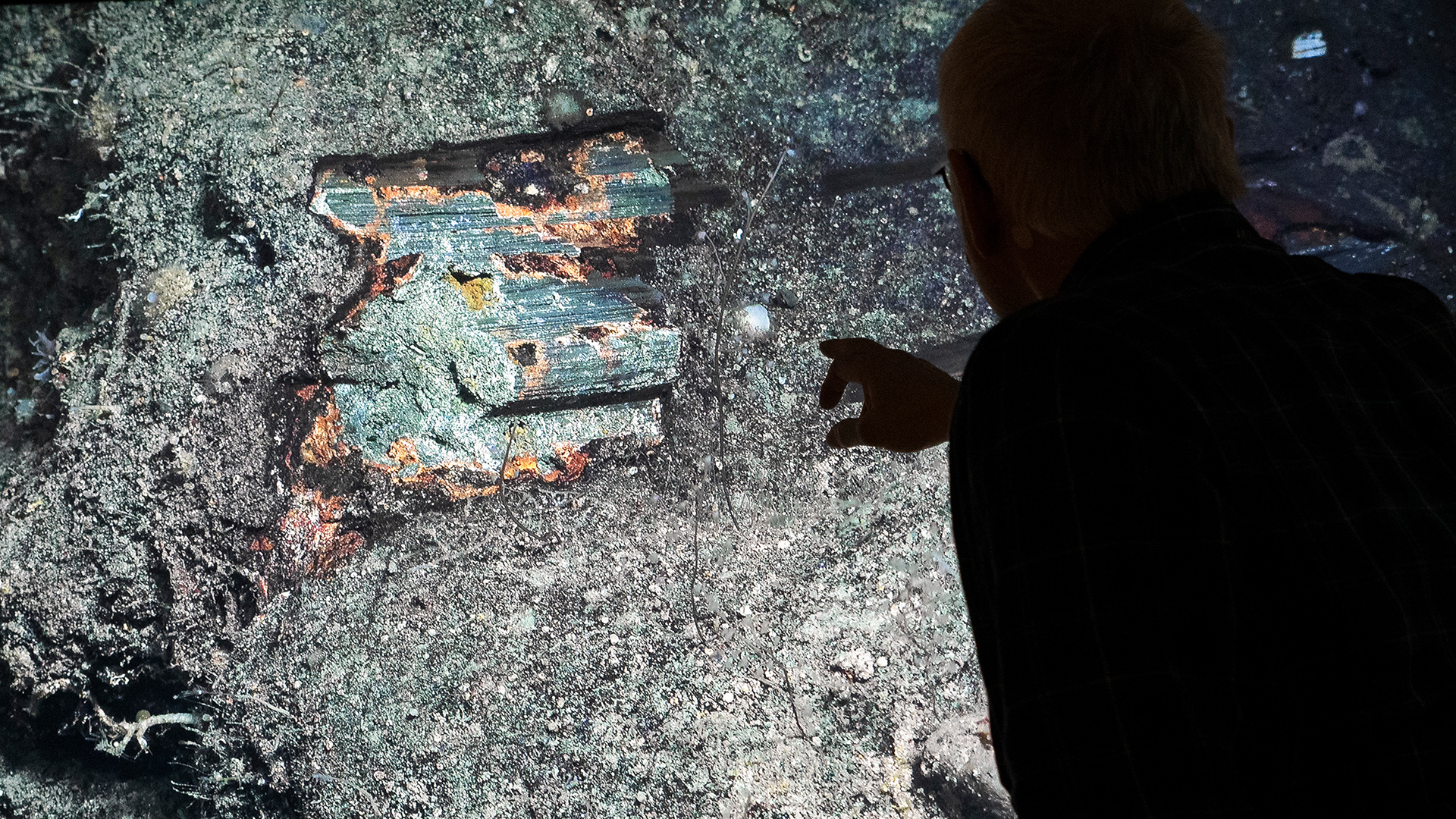
Underwater ROVs transmit detailed images of seabed minerals several thousand metres below sea level up to the ship’s screens. (Photo: Jørgen Vadla/the Norwegian Offshore Directorate)
3/26/2024 Seabed minerals represent a new and exciting opportunity for Norway, and a chance for us to be a pioneer nation – much like we have been within the oil and gas industry, both as regards stewardship of resources and development of technology.
“Norway is a maritime and coastal nation that administers vast natural resources. We have a long tradition of managing the marine environment and its resources in the best interests of the broader society. Norway finds itself in a fortunate position. These rich resources make a significant contribution to the welfare state we live in,” says Kjersti Dahle, Director, Technology, analysis and coexistence in the Norwegian Offshore Directorate.
The evolution of Norwegian oil and gas activities has taken place in stages. In the early years, there was opposition against the activity in the north. The industry gradually moved northward, step by step, based on knowledge and experience acquired through activity in the North Sea.
The same incremental and knowledge-based framework will be used for seabed minerals.
The areas mapped for potential deposits are located on the seabed between Norway and Greenland. There are few challenges associated with coexistence in the areas currently being opened up for mineral activities.
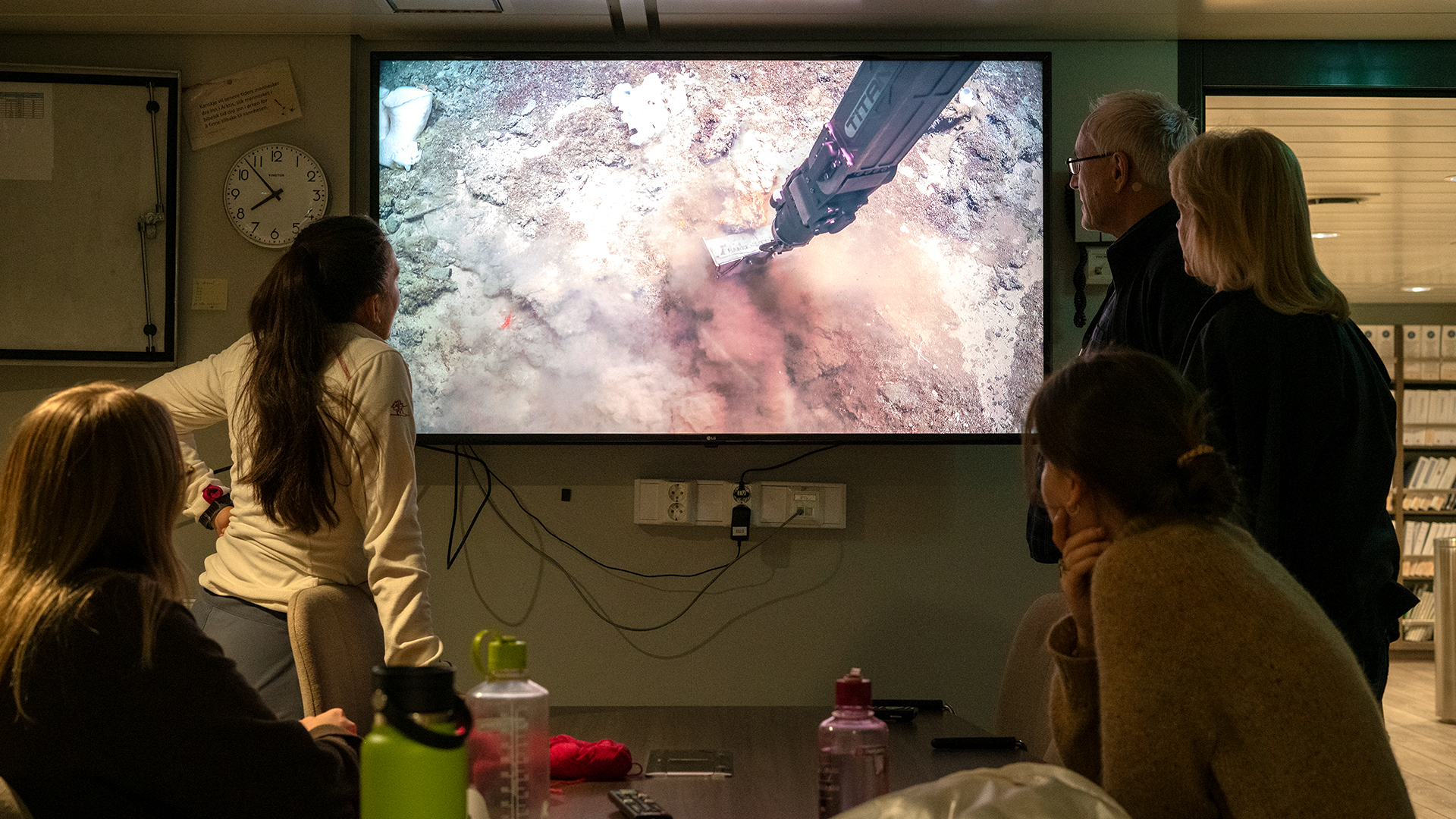
The surveys and mapping of the geology on the seabed carried out by the Norwegian Offshore Directorate and Norwegian university communities has utilised technology developed by the oil and gas industry. (Photo: Jørgen Vadla/the Norwegian Offshore Directorate)
When an area is opened, the initial activity is a licence to conduct surveys. Exploration can answer the question of whether there are prospects that could be extracted in a responsible manner, both in terms of the environment and profitability. Any plans for such extraction must be approved by the authorities, and the first potential extraction plans will have to be approved by the Storting.
The Norwegian Offshore Directorate has cooperated with various academic communities with expertise within e.g. deep-sea biology and biodiversity both prior to and during the study process.
The Norwegian shelf has served as a technology laboratory for several decades. The international oil companies have contributed to the development of world-class technology, including in the field of subsea technology.
This has resulted in the Norwegian petroleum-sector supplier industry growing to represent Norway’s second-largest industry after oil and gas. Much of this technological knowledge can also be used in the mapping of and exploration for seabed minerals.
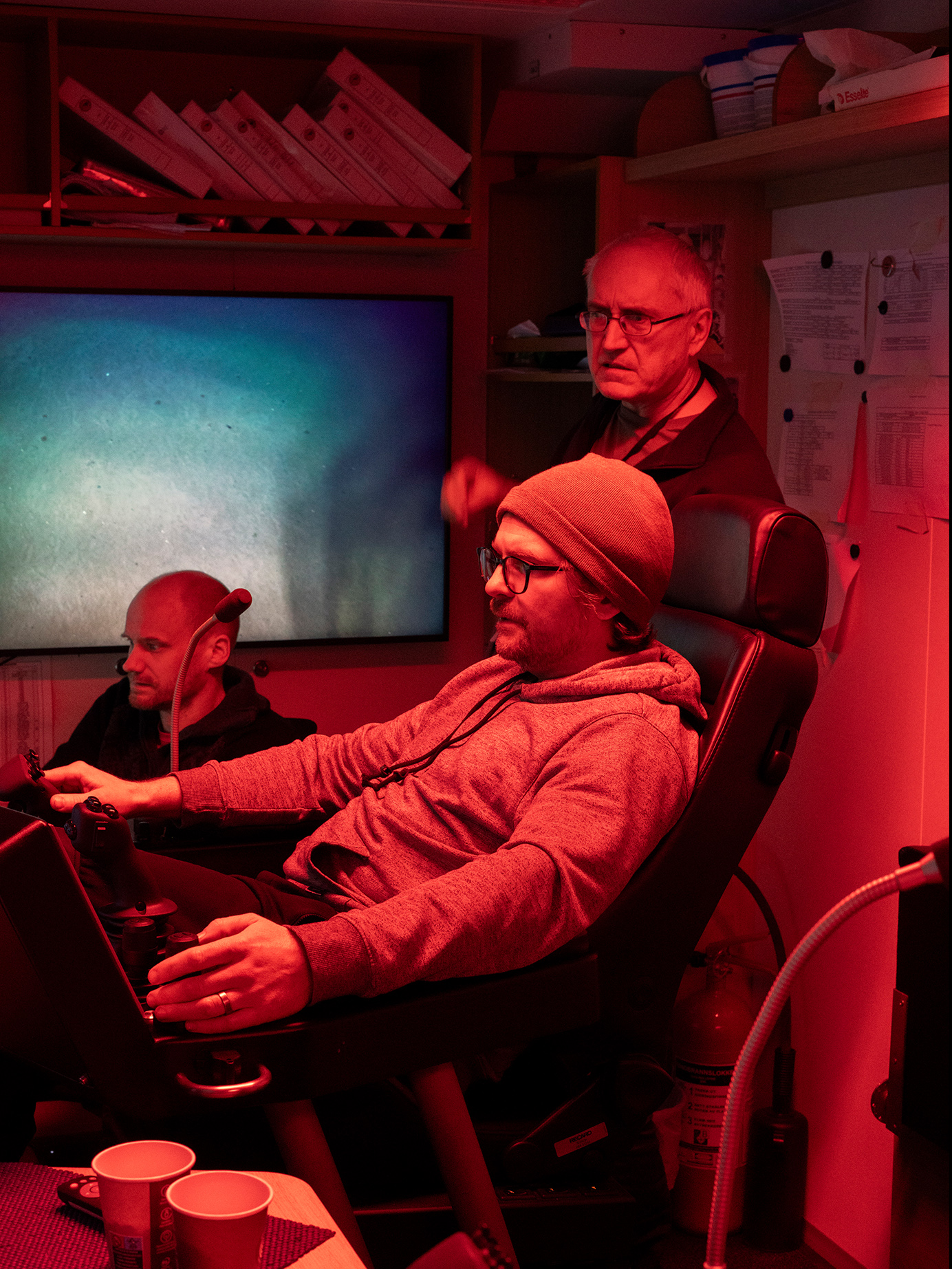
With a deft and delicate touch, operators in the control room guide the movements of the ROV located several thousand metres below sea level. (Photo: Jørgen Vadla/the Norwegian Offshore Directorate)
Exploration for seabed minerals in international seabed areas has been under way for more than 20 years. So far, 31 exploration contracts have been awarded in international seabed areas under the jurisdiction of the International Seabed Authority (ISA). The first six contract areas were awarded in 2000. The 31 awarded exploration contracts apply for so-called manganese nodules, manganese crusts and sulphides.
Rapidly rising needs
According to the International Energy Agency's (IEA's) estimates, the need for critical materials – metals and rare earth minerals – will grow sevenfold by 2050.
The reason for this is that the development, establishment and operation of green and renewable energy requires a lot more metals and other materials than is the case for fossil energy.
This means that the achievement of our climate targets depends on gaining access to critical and strategic minerals.
The authorities have decided that we need to have sufficient information about both the immediate and long-term consequences of seabed mining before it is prudent to start commercial extraction.
The ISA is in the process of developing rules and regulations for extraction. The last five years have seen several tests of technical equipment used to extract nodules, and Japan and China have both conducted their own tests for the extraction of sulphides and manganese crusts. The Massachusetts Institute of Technology (MIT), Geomar in Kiel, and other academic communities have initiated research on the impact of such activities. The results of these tests and the institutes’ research are presented annually at various conferences.
The surveys and mapping of the seabed geology carried out by the Norwegian Offshore Directorate and Norwegian university communities have utilised technology developed by the oil and gas industry. This includes underwater vehicles (both manually controlled and automatic), drilling technology, echo sounder solutions, as well as ships adapted to use all this equipment.
Exploration for seabed minerals is not a strain on the environment. (Norwegian only) The Norwegian Offshore Directorate has conducted expeditions since 2011 in the area the Storting decided to open for seabed mineral activity (list of all expeditions). The industry will use this technology to explore for seabed minerals.
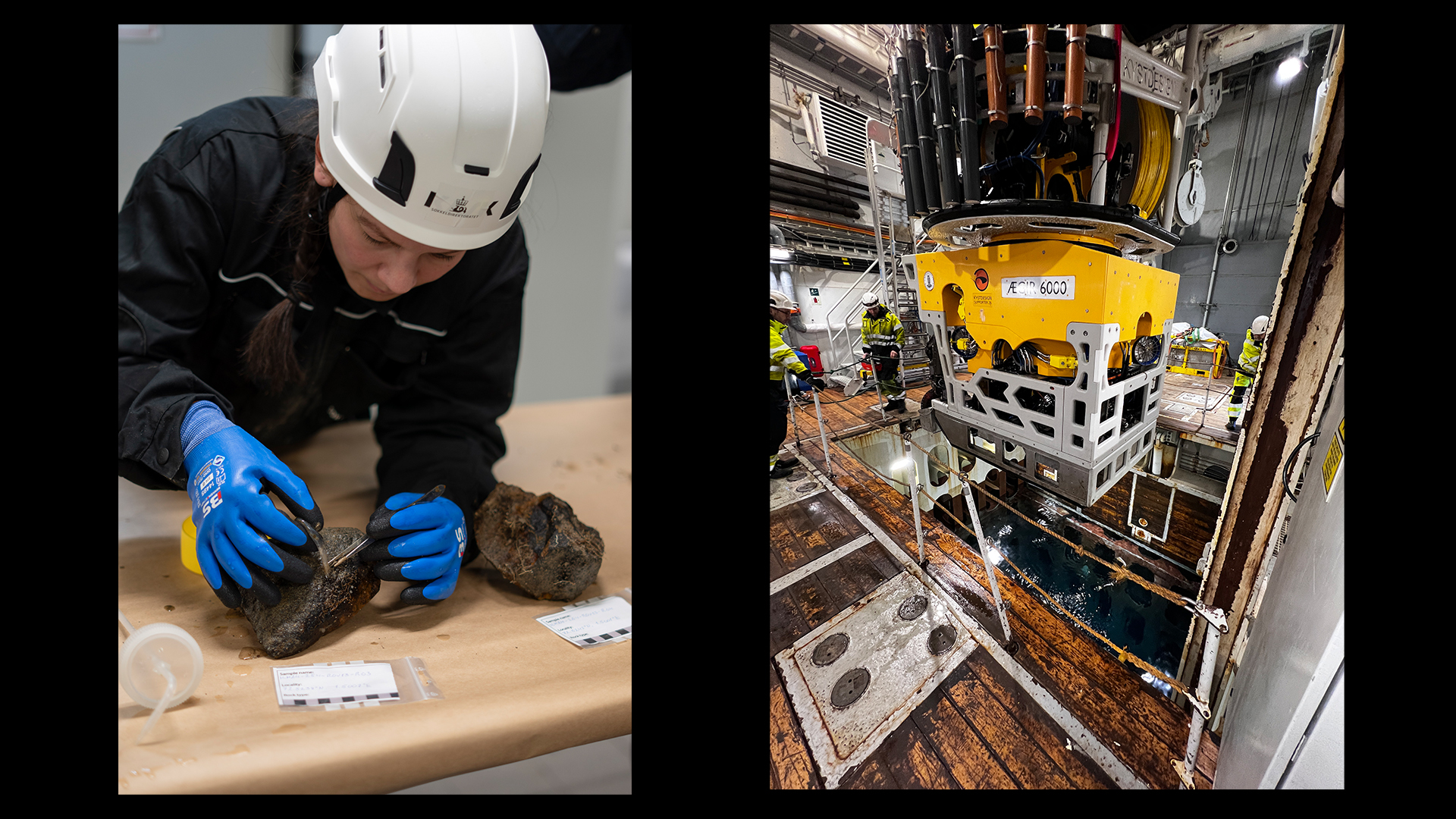
Rosalyn Fredriksen, environmental advisor for the Norwegian Offshore Directorate, looks for biological traces in a sample extracted from 3000 metres below sea level. On the right, the ROV that was used on the recent seabed mapping. (Photo: Jørgen Vadla/the Norwegian Offshore Directorate)
Norway has the chance to be at the forefront of further technology development in this area, precisely by using our many years of accumulated knowledge and experience with such large, technical operations at sea.
Norwegian universities have been and continue to be highly involved in exploring the area currently being opened up for mineral activities. The universities also played key roles in the oil and gas industry's development of expertise and knowledge from the very beginning in the 1970s and up to this very day.
The seabed mineral deposits are spread out. Potential extraction is considered for in-active sulphide deposits and manganese crusts.
Future value creation depends on a good environmental status and a rich natural diversity in our coastal and maritime areas. We must ensure that available resources are used sustainably.
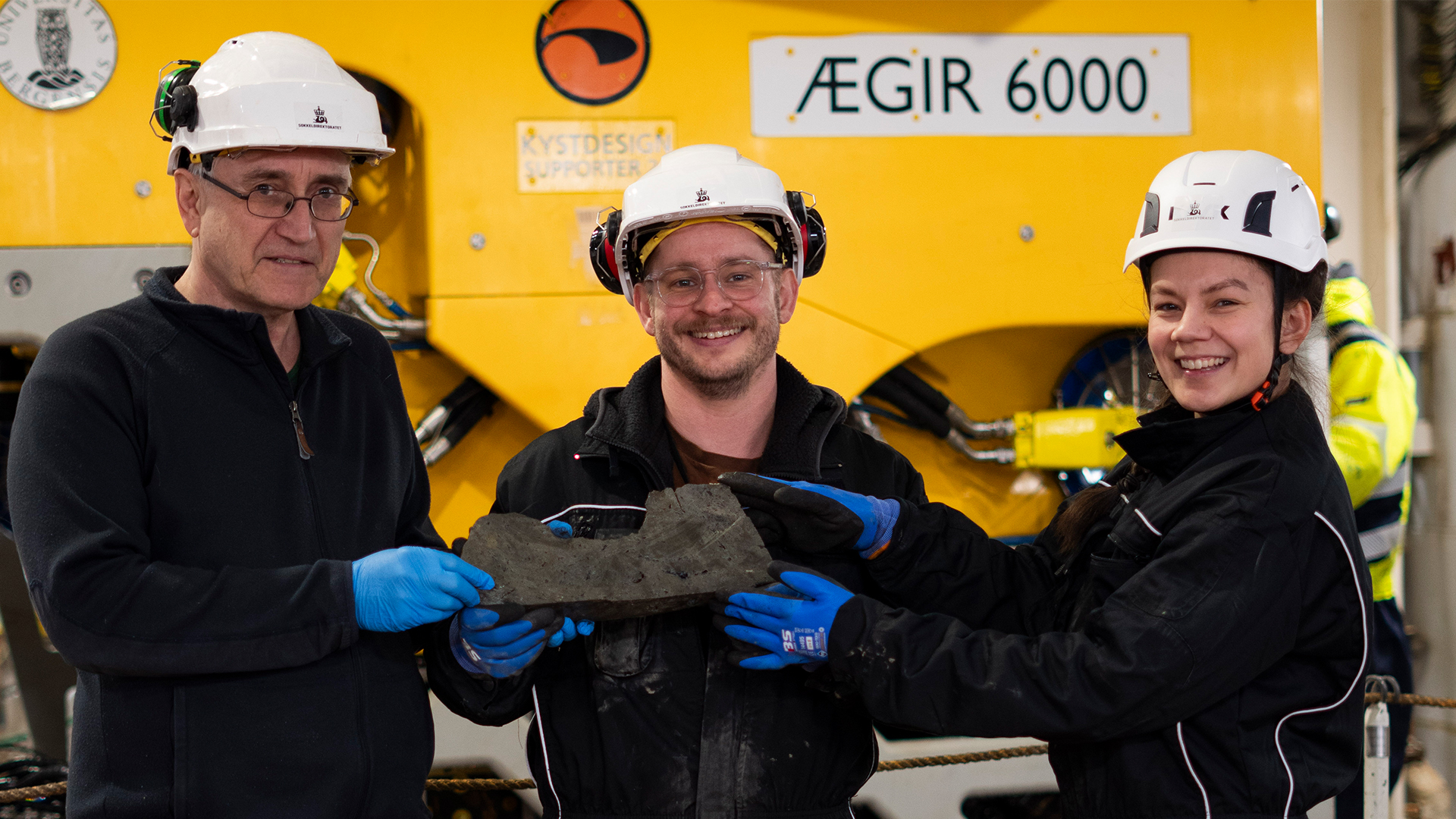
Seabed mineral sample number 1000 is a fact after several years of seabed mapping. The sample was retrieved on an expedition this winter, where the Norwegian Offshore Directorate's Jan Stenløkk, Jørgen Vadla and Rosalyn Fredriksen participated. (Photo: the Norwegian Offshore Directorate)
Updated: 4/9/2024